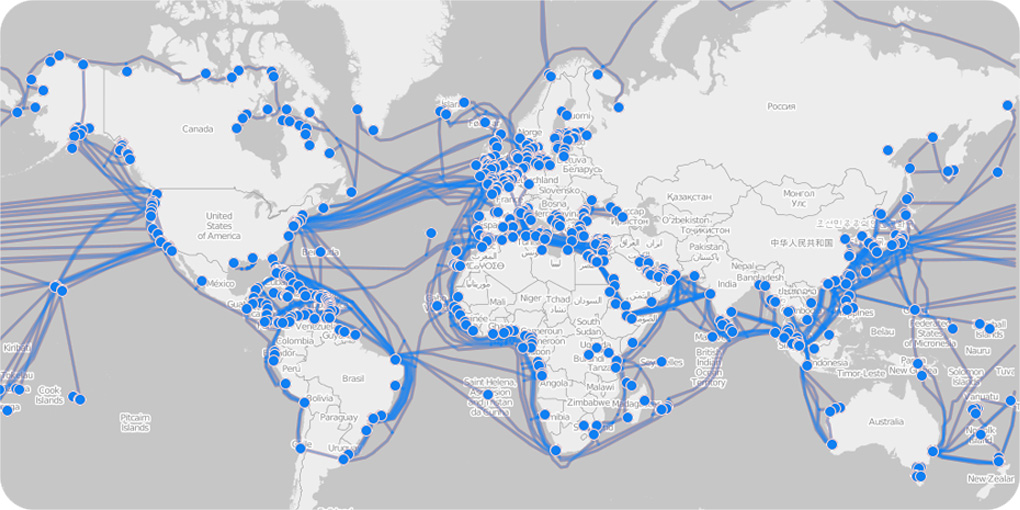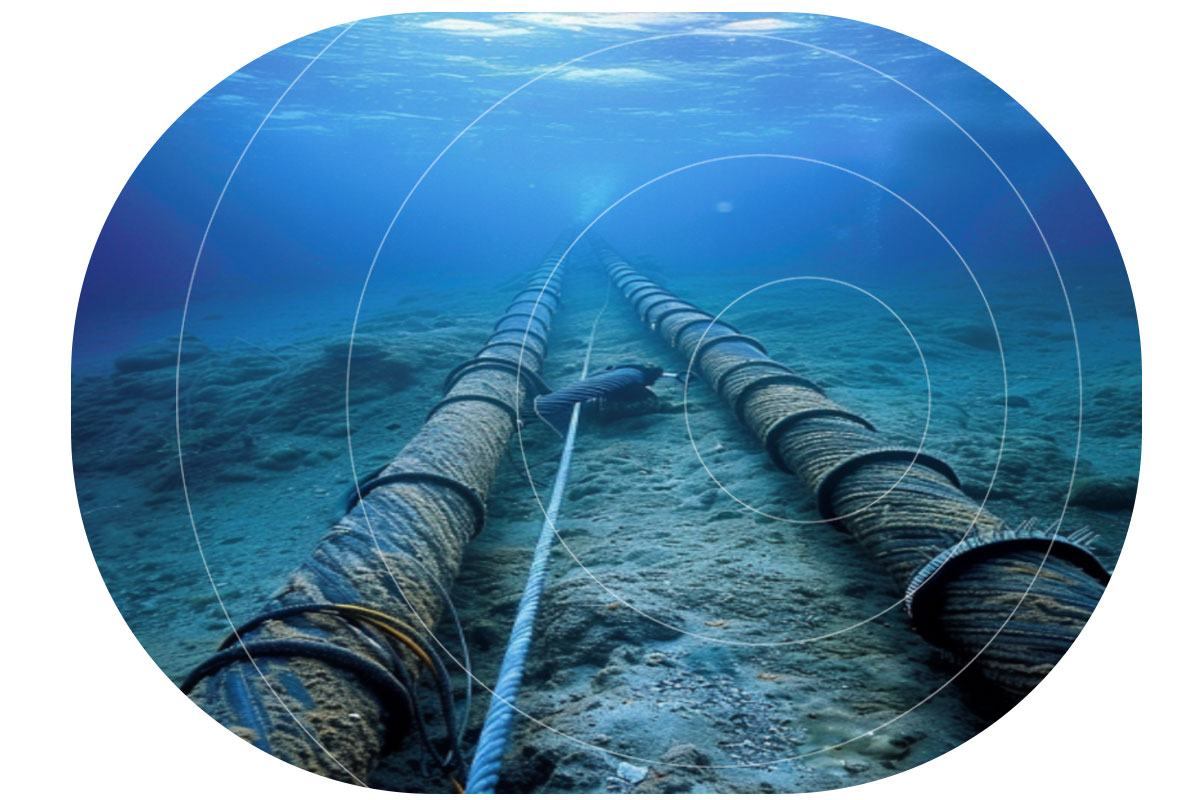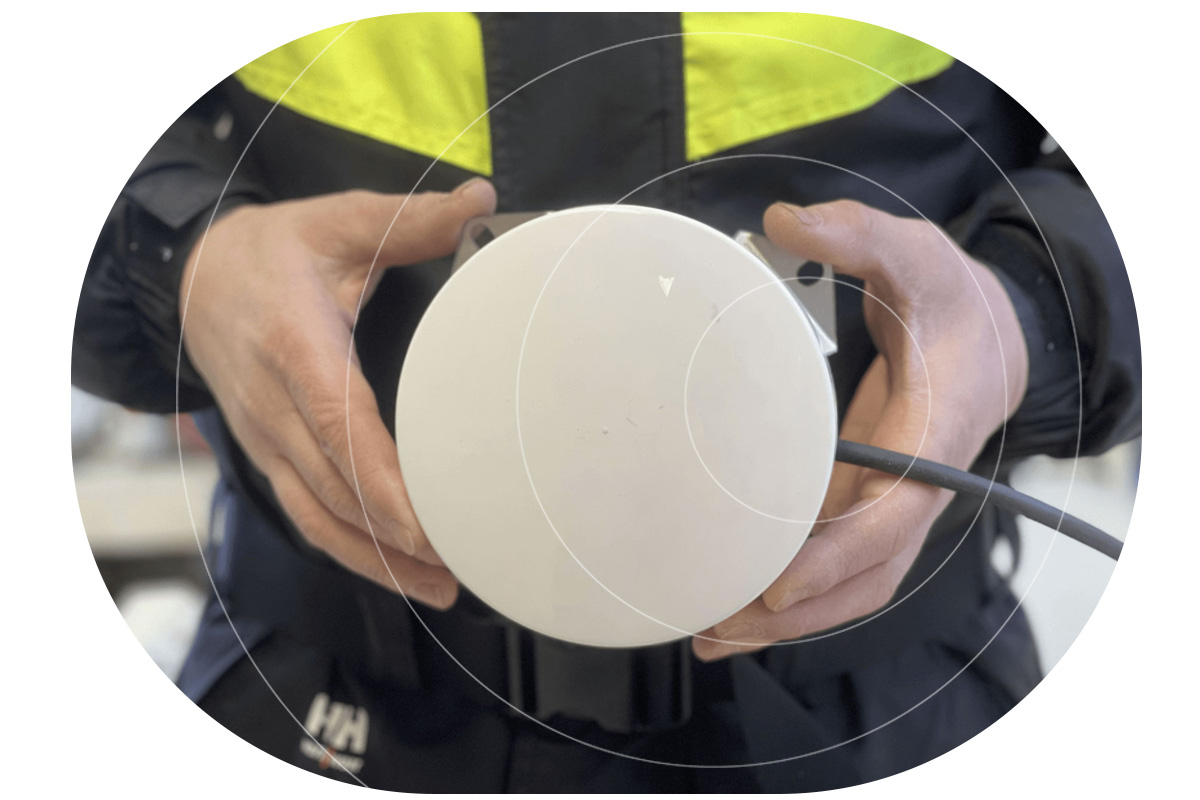Undersea internet cables are essential for global communications and economic security. The entire global network of cables is more than half a million miles long and comprised of more than 200 independent but interconnected systems. These cables span vast distances, connecting continents and enabling everything from international internet services to military communications. But with increasing geopolitical tensions and the growing importance of digital infrastructure, the threat to these cables has risen on the international agenda.
The strategic importance of undersea cables, which carry 99% of international telecommunications, makes them attractive – and vulnerable – targets.
In January 2025, the Royal Navy closely monitored the Russian vessel Yantar, officially an ocean research ship but considered a spy ship, as it entered UK waters and mapped underwater infrastructure.
Additionally, a NATO flotilla, including ships from the Netherlands, Germany, and France, assembled off Estonia to protect undersea cables in the Baltic Sea from potential sabotage, primarily by Russia.
Guard and patrol vessels play a pivotal role in deterring and responding to potential threats, ensuring the integrity of essential communication networks.

Data from the TeleGeography Submarine Cable Map shows that damage to undersea cables is a common occurrence. According to a report by the International Cable Protection Committee (ICPC), around 300 cable breaks are reported every year. Most of these are accidental, caused by fishing trawlers, ships’ anchors, or natural events like earthquakes. However, the risk of deliberate attacks or sabotage by state or non-state actors is also increasing.
The potential for geopolitical tensions to spill into the maritime domain has been highlighted in various reports. For instance, the United States Department of Defense (DoD) has raised concerns about the vulnerability of critical undersea infrastructure to foreign adversaries. This type of attack can have devastating effects on global data flow, cybersecurity, and national security.
Internet traffic, military transmissions and financial transactions all depend upon submarine cables, so any disruption can cause significant economic damage, loss of access to critical services, and widespread instability in communication.

The Role of RockFLEET in Securing Submarine Cables
Guard boats are increasingly deployed as vital protectors of undersea cabling infrastructure. These guard boats, often repurposed fishing vessels, act as sentinels over subsea cables, ensuring their security by warning nearby vessels to keep a safe distance.
Tracking guard boats efficiently in remote and challenging maritime environments requires an advanced tracking solution. RockFLEET is a compact, robust, and highly reliable tracking device designed specifically for use in harsh maritime conditions. It operates through satellite-based communication via the global Iridium network, ensuring seamless tracking of guard boats even in areas with no cellular coverage, anywhere in the world.
This capability is essential as guard boats often patrol vast stretches of ocean far from terrestrial networks. With RockFLEET, maritime authorities and operational teams can monitor the precise location of each guard boat, ensuring the vessels are where they need to be to protect the cables effectively.

Three Ways RockFLEET Supports Guard and Patrol Vessels
The Future of Undersea Cable Security
As the threats to undersea cables continue to evolve, governments, cable operators, and multinational organizations are increasingly prioritizing the security of this infrastructure, given its direct impact on everything from national security to economic stability. New initiatives like the UK’s ‘Nordic Warden‘, which aims to track the movement of vessels suspected of malicious damage, should enable faster response times.
Guard boats and patrol vessels in their preventative capacity will remain an essential part of this response. RockFLEET plays an essential role in ensuring the effective tracking and monitoring of guard boats tasked with the protection of undersea cables. By providing accurate location tracking, monitoring movement, estimating arrival times, and enhancing overall vessel safety, RockFLEET helps to safeguard the vital cable infrastructure that underpins global communication and commerce.
Protect Critical Infrastructure with Smarter Maritime Monitoring
As threats to undersea cables and maritime assets increase, guard and patrol vessels play a crucial role in safeguarding global communications. Our advanced satellite tracking and monitoring solutions ensure these vessels operate with maximum efficiency, real-time situational awareness, and enhanced safety – no matter how remote the mission.
Equip your fleet with the technology to stay ahead of emerging threats. Contact us today to learn how our solutions support maritime security operations. Complete the form, or email hello@groundcontrol.com.
